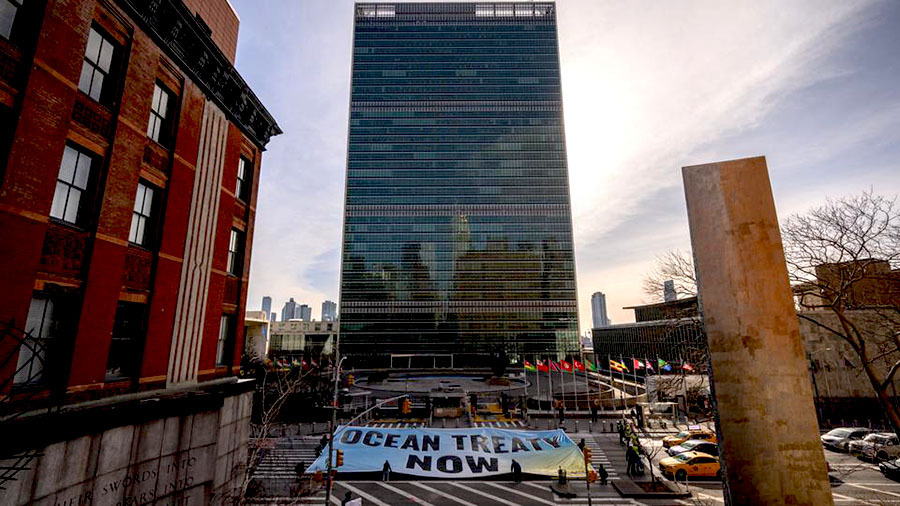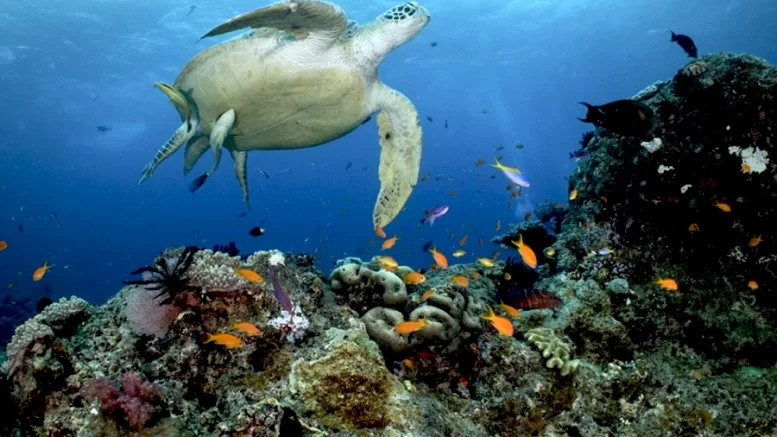Contributed by Jim Hayes
More Than 100 countries have Agreed to sign a new treaty to protect the high seas. They have signed a new agreement at the United Nations to reverse biodiversity loss.
The legally binding treaty commits signatories to ensure sustainability. It has taken 15 years to reach agreement on a policy that is an important part of a broader ambition that involves global effort to restore 30 percent of the world’s land and sea by the end of the decade.

Photo from AFP
It covers like fishing restrictions, international shipping routes, rejigging deep sea mining, and a better sharing of resources.
A major sticking point has always been the commercial interests that rely on the maximum exploitation of resources. This is one reason the discussion has gone on for 20 years.
On the other hand, changing global community attitudes have pushed the other way, increasingly pressuring governments to act, until something had to be done.
Another issue has been the insistence of poor nations that they should not be the ones to bear the brunt of the cost of conservation. They argue that it is the richest nations that have caused the most damage and can afford to shoulder the greater responsibility. They also put that trich nations should do much more to foster sustainability by transferring technology to others.
Greenpeace says 11 million square kilometres of ocean must be put under protection every year until 2030 to meet the target.
“Countries must formally adopt the treaty and ratify it as quickly as possible to bring it into force, and then deliver the fully protected ocean sanctuaries our planet needs,” said Laura Meller, a Greenpeace oceans campaigner who attended the talks.
Oceans have been deeply depleted through larger scale fishing and pollution that has not only taken species towards the threat of extinction. Habitats have been severely damaged, including important breeding grounds. Furthermore, human created climate change is raising the temperature of the water and causing more damage.
The oceans are the crucible of life. All life still ultimately depends on it for sustainability and the weather patterns that allow food security overall. This means restoring them to health is critical to our future.
Perhaps this does not in itself solve the problem. Words are one thing. Converting these into action is another. But at least this treaty points in the right direction. It is up to the rest of us to ensure that it is applied.


Be the first to comment on "United Nations secures High Seas Treaty protecting 30 per cent of world’s oceans"